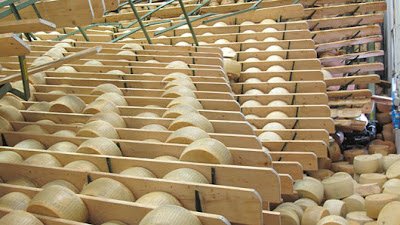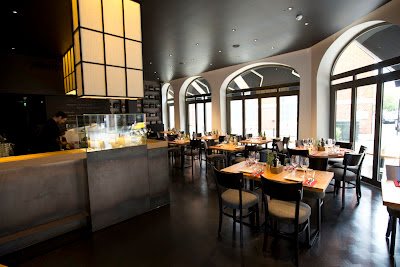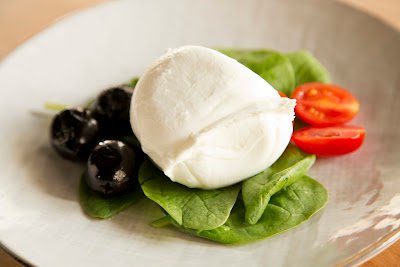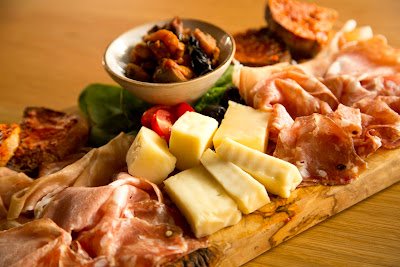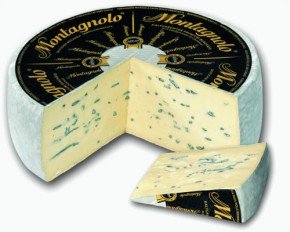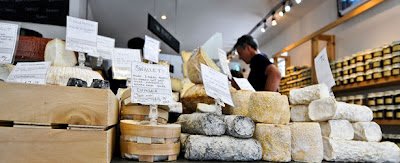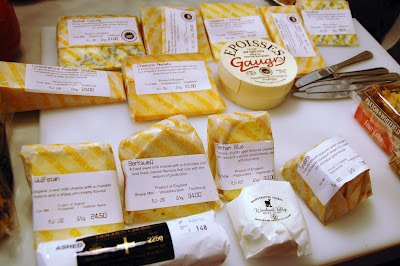If you've got space for
dessert after working your way from nose to tail at St John in
Smithfield, the stand-out choice for cheese chaps and chapettes is
the Eccles cake and Lancashire.
Eating cheese with cake might sound a bit weird at first, but it makes sense when you think about it. The intensely sweet raisins in the Eccles cake act a bit like chutney to the crumbly
cheese, balancing out the curdy tang.
I've long liked a
slice of Stilton on my Christmas cake - a festive tradition that I
thought was practised throughout the country, but after asking around
nobody else seems to have heard of it.
Anyway, I decided to
dig a little deeper into the world of cheese and cake matching by
consulting the hive mind of Twitter. It turns out that I'm not
actually the only person out there who likes a bit of bakery and curd
action because my time line was soon flooded with suggestions.
Here we are getting
philosophical at Gail's Bakery in Soho.
Here are the cheeses,
which included: Windrush Valley; Smoked Lincolnshire; Cropwell Bishop
Stilton; Kirkham's Lancashire; Appleby's Cheshire; Berkswell; Barkham
Blue; Tymsboro; St Wulfstan; Pecorino; Epoisses; Paxton's Cheddar;
Golden Cross.
And the cakes,
including: Chelsea bun; dark chocolate brownie; parkin; walnut cake;
Eccles cake; fruit cake; Wiltshire fruit loaf; plum bread; Madeira
cake; apple crumble cake; lemon drizzle.
We tasted around 15 different cakes and 15 different cheeses, trying combinations that had been recommended on Twitter or we thought would be interesting. In total we probably tried around 30 different matches. Here in ascending order are our top five... drumroll....
FIFTH PLACE
Epoisses and
Botham's plum bread
Plum bread is a
speciality of Lincolnshire and is traditionally eaten with a slice of
Lincolnshire Poacher. Fair enough, but we felt the plum bread acted
as a good neutral base for the spicy meaty flavours of Epoisses.
FOURTH
Pecorino and Gail's
lemon drizzle cake
The Pecorino was quite
austere with a hard almost crunchy texture and salty tang, which was
brilliant at cutting through the cake's sweetness. It also matched up
to the intense citrus flavour.
THIRD
Roquefort and Paxton's
fruit cake (pictured above)
We'd almost given up on
finding a cake that could match the might of Roquefort. Most
combinations were pretty disgusting, until we broke out the fruit
cake. The sweet candied fruit contrasted beautifully with the salty
sharpness of the cheese. Potent.
SECOND
St Wulfstan and Gail's
apple crumble cake (above)
One is a yoghurty
organic cow's milk cheese. The other is a moist, spicy apple cake
that crumbles at the slightest touch. Squish them together and you
have something that transcends the crude and simplistic categories of
'cake' and 'cheese'. It should have its own name, like 'chake' or 'cheeke'.
An almost spiritual experience.
FIRST PLACE & OVERALL WINNER
Tymsboro aged goat's
cheese and Gail's chocolate brownie (above)
Yes, you read that
right. Goat's cheese and chocolate brownie was the clear cake and cheese
champion. In the cake corner, with a steely glint in its eye, was an
insanely rich brownie made with three types of chocolate at 53%,
70% and 100% cocoa content. In the curd corner, wearing the white
trunks, was a 6-7 week aged pyramid of Tymsboro, with almond notes
and a proper goaty tang. You might think they would beat seven bells
out of each other, but the flavours
were actually perfectly attuned to each other. Rich, silky and
intense, it was a sexy Argentine tango rather than a punch up.
A few hints
and tips on cake and cheese matching
● You need a surprisingly
large slice of cheese to balance out the sweetness of the cake. A
50/50 ratio is about right, although perhaps a bit less cheese with
big boys like Epoisses and Roquefort.
● You're generally on to
a winner if the cake contains dried fruit and spice. Fruit cake,
Eccles, Plum Bread worked with most cheeses.
● Not all cakes are
created equal. Generally the cakes I bought in Waitrose and M&S
like the walnut and the parkin were a real let down compared to those
from Gail's, which were much fresher. Good cheese should not be
wasted on bad cake.
● I'll probably get some
stick from irate Mancunians over this, but Eccles cakes go better
with Stilton than Lancashire cheese. There I've said it.
● Finally, Chelsea buns
and Stilton should not mix. Ever.
With thanks to the
following Twitterers, whose suggestions were all definitely worth a
try (except for the smoked cheddar with brownies, which was just
wrong on many levels).
@ApplebysCheese
Applebys Cheshire and Staffordshire oatcakes; pecorino and panettone.
@MissCay Apple pie and
cheese. It's big in Wisconsin apparently: “Apple pie without cheese
is like a kiss without a squeeze.”
 Ribblesdale also makes
its own unpasteurised Wensleydale, using milk from a local pedigree
herd, as well as a pasteurised version and a new product called
Yorkshire Bowlers - red waxed balls of Wensleydale that look like
cricket balls.
Ribblesdale also makes
its own unpasteurised Wensleydale, using milk from a local pedigree
herd, as well as a pasteurised version and a new product called
Yorkshire Bowlers - red waxed balls of Wensleydale that look like
cricket balls.

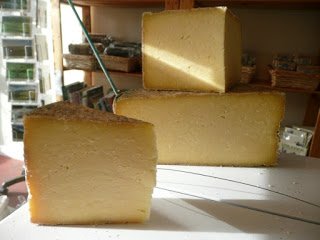

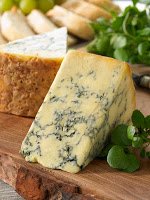

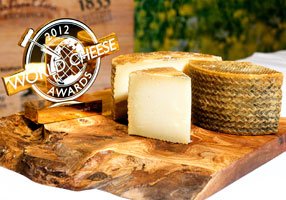
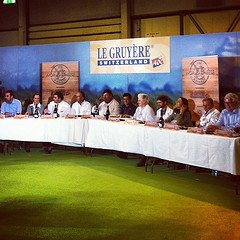
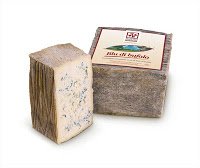


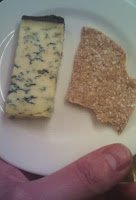
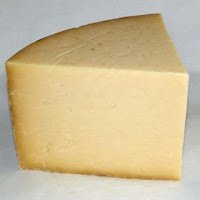
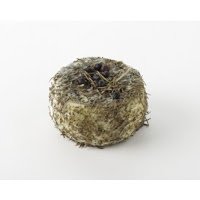
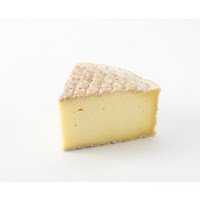
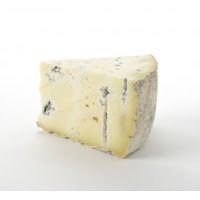


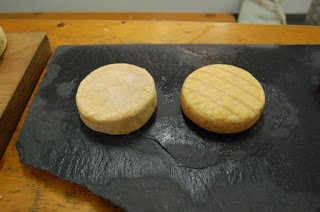
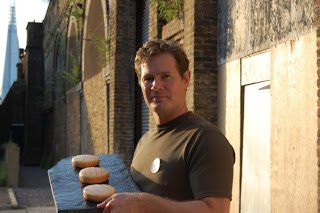

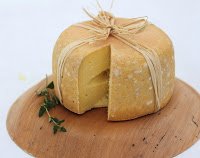
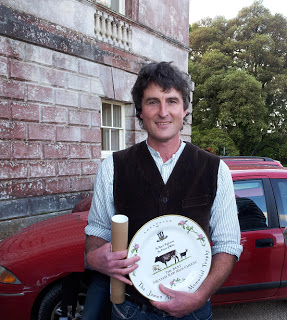

.jpg)

